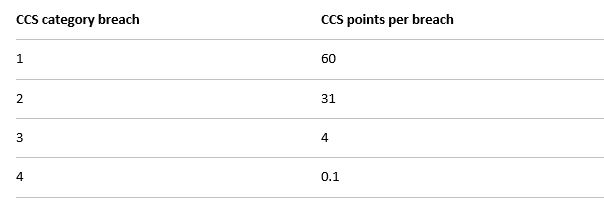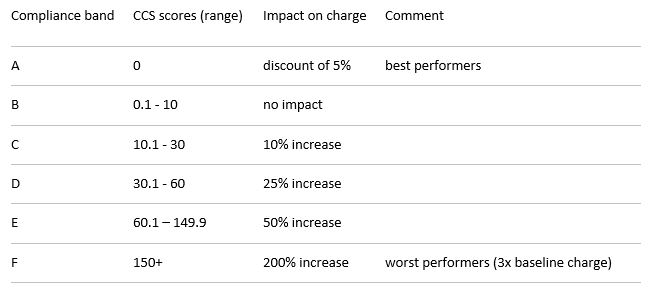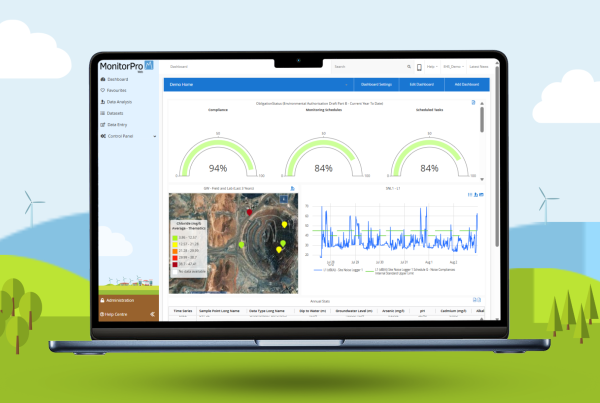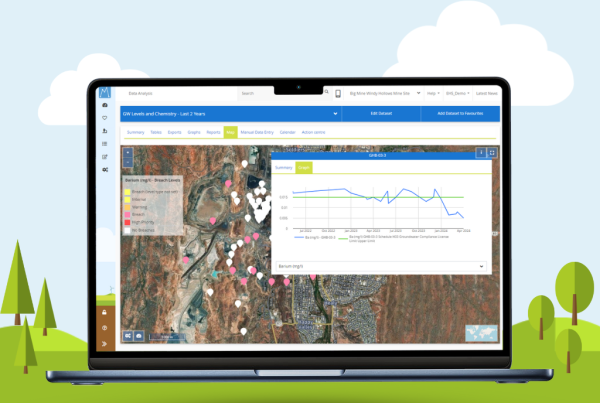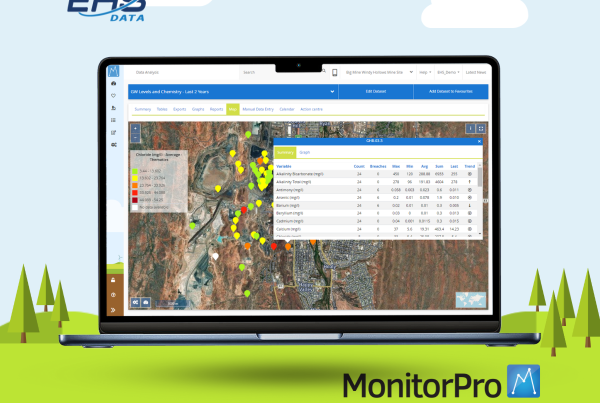How Permits, Reporting, and Regulation Works
Environmental Agencies and Regulation
Environmental regulation and emissions reporting in the UK managed by both local government and three national agencies:
- The Environment Agency (EA), (England and Wales)
- The Scottish Environment Protection Agency (SEPA)
- The Northern Ireland Environmental Agency (NIEA)
In 1990 the UK Environmental Protection Act was passed, which established Integrated Pollution Prevention and Control (IPPC). This was replaced in 2007 by the EU Pollution Prevention and Control (PPC) regulations, which largely built on the existing IPPC regime, but now included energy efficiency, waste minimisation, vibration and noise.
Under PPC there are the categories Part A, B and C, depending on how substantial or potentially polluting an installation is. Regulation varies across the three agencies.
- England and Wales, Part A1 is regulated by the EA, A2 and B by Local Authorities (LAs), no Part C.
- Scotland, Part A by SEPA, Part B by LAs, no Part C
- Northern Ireland, Part A and Part B by NIEA, Part C by District Councils.
Environmental Permits and Reporting
Environmental Permits can be searched using the Environment Agency website. For larger installations – particularly those operating under PPC Part A, full details of the permit can often be found by copying and pasting the permit number into a search engine. The document is usually in .pdf format and usually called a Permit or ‘Variation Notice’ if it has been amended.
Typically, Schedule 5 details regular reporting requirements, and Schedule 6 Notifications. Schedule 6 Notifications are required whenever emissions are outside of those allowed by the permit and must be submitted within 24 hours of a breach.
There are separate regimes for the Pollution Inventory (PI) and Greenhouse Gas (GHG) reporting. All organisations governed by a Part A1 permit must report to the Pollution Inventory. PI reporting can be done electronically to the PI Electronic Data Capture (PIEDC) System.
Assessment and Enforcement
In the UK, operators are primarily responsible for providing information for permit applications and for self-monitoring of their activities. The EA has various systems to monitor their compliance and to assess the risk from their operations.
The Operator Monitoring Assessment (OMA) is an audit which enables the EA to assess the quality and reliability of self monitoring.
Inspections are based on Operational Risk Appraisal (OPRA), The Common Incident Classification Scheme (‘CICS’), Compliance Classification Scheme (CCS), and Compliance Assessment Plans (CAPs).
The information gathered from these tools helps them to identify which operations pose the most risk, and are used as a basis for decisions on which operations to inspect.
Operator Monitoring Assessment (OMA)
An OMA is carried out by an EA Officer. He interviews relevant site staff, checks the documentation and inspects monitoring locations on site. He records relevant information that reflects the quality and reliability of self-monitoring and associated issues. The results are then used to inform of any improvements required.
A key feature in the OMA is the application of the Monitoring Certification Scheme (MCERTS). This is a certification scheme helping to ensure the quality of monitoring equipment, systems, training, and laboratories, etc.
An OMA will be completed by the Environment Agency in the first year of a company being granted a permit and every four years if they already have a permit. Companies can receive unlimited fines for poor OMA scores.
Operational Risk Appraisal (OPRA)
OPRA assesses assess the environmental risk from sites that are regulated with environmental permits. It uses five elements to assess the level of risk of the activities carried out at the site, each of which is graded from A (low risk) to E (high risk):
- Complexity (e.g. activities carried out, potential for accidents; size; public confidence)
- Location (e.g. proximity to habitation; proximity to sensitive sites; potential for direct releases to water; flooding; air quality management zones)
- Emissions (e.g. type and quantity; media; impact)
- Operator performance (e.g. presence/ absence of management systems; enforcement history)
- Compliance rating (e.g. compliance with permit conditions; potential impact of non-compliance; additional effort to manage; non-compliance)
Each activity carried out at the operation is converted to an OPRA band rating of A-E, or A-F for compliance rating, depending on the complexity of the operation and the level of regulatory effort needed. The bands are then used to calculate the operator’s annual subsistence charge payable to the EA. The subsistence charge is an annual fee charged, and helps to cover the costs of regulation.
Compliance Classification Scheme (CCS)
The CCS scheme is used to assess and classify non-compliances against their permit conditions. Non-compliances are classified according to their actual or potential ability to cause environmental harm.
The different categories of non-compliance are:
- Category 1 – likely to lead to a major pollution
- Category 2 – likely to lead to significant pollution
- Category 3 – likely to lead to some (minor) pollution
- Category 4 – no or negligible impact
e.g. a CCS category 1 would indicate non-compliance with a condition that, if classified as an incident, would have the potential to have a major environmental impact, a CCS category 2 would indicate non-compliance with a condition that, if classified as an incident, would have the potential to have a significant environmental impact. Category 1 or 2 incidents are more likely to result in a prosecution, formal caution, or Variable Monetary Penalty.
Annual Subsistence Charges are adjusted according to CCS scores.
How an Environmental Data Management System can help to improve OMA scores
The annual total of points is then converted into a compliance rating band as follows:
- Band A = 0 CCS points
- Band B = 0.1 – 10 CCS points
- Band C = 10.1 – 30 CCS points
- Band D = 30.1 – 60 CCS points
- Band E = 60.1 – 149.9 CCS points
- Band F = 150 + CCS points
How the compliance rating affects subsistence charges.
Based on the cumulative score over a calendar year the Environment Agency places each site into one of six compliance bands A to F.
How a Environmental Data Management System can help to improve CCS scores
Compliance Assessment Plans (CAPs)
CAPs are used for planning and prioritising compliance assessment work (including audits and inspections) based on risk. They can be both at a sector or individual site level.
Compliance Assessment Report (CAR)
If Environment Agency staff carry out an assessment, inspection or attend an incident, they will complete a Compliance Assessment Report (CAR) and give you a copy.
The CAR will record anything you’re doing that does not comply with your permit and state what you have to do to correct this. For waste and installations, this may affect your yearly permit fee (subsistence fee). See the compliance rating guidance for more information.
An example of a CAR form is available on the Environment Agency website.
About MonitorPro
The complete, professional environmental data monitoring solution, MonitorPro is the IT solution trusted by environmental teams worldwide to manage their environmental compliance and data collection. MonitorPro is a web-based or locally hosted solution for the collation of ALL sources of environmental data, where it is generated by loggers, laboratories, weather stations, calculations, or other data repositories. MonitorPro is the first EHS Software solution to receive an MCERTS accreditation from the Environmental Agency.
About EHS
EHS Data is a world leading UK based software company providing Environmental Data Management Solutions to over 1,000 sites in 40 countries worldwide. For over 20 years, our versatile software solution, MonitorPro, has helped organisations save time, improve planning, quality control, site analysis and reporting to manage environmental obligations and sustainability.
ISO 27001
EHS Data is ISO 27001 certified.
A Carbon Negative Business
In 2020, EHS Data attained Carbon negative status and is committed to maintaining this status each year.


